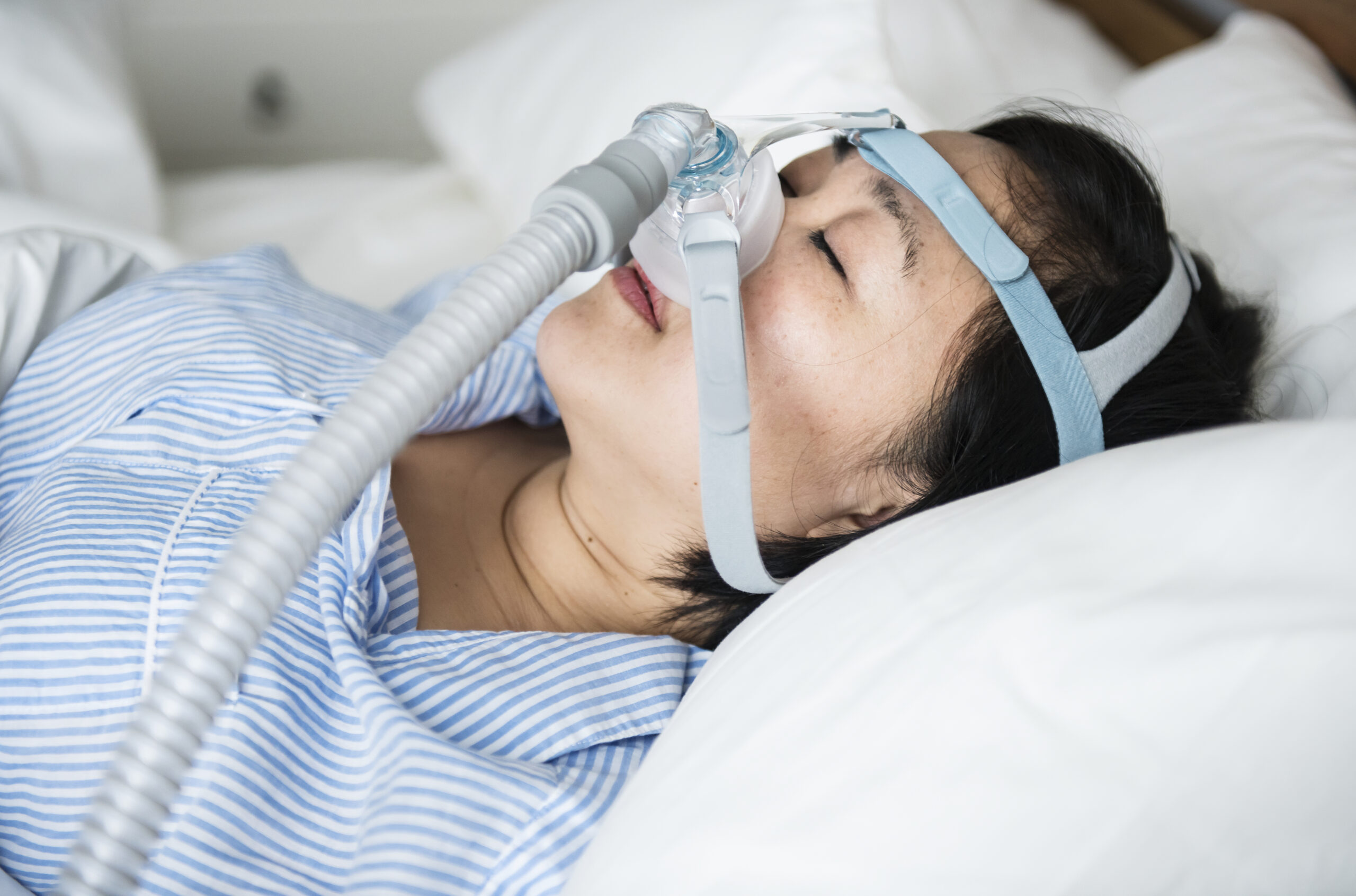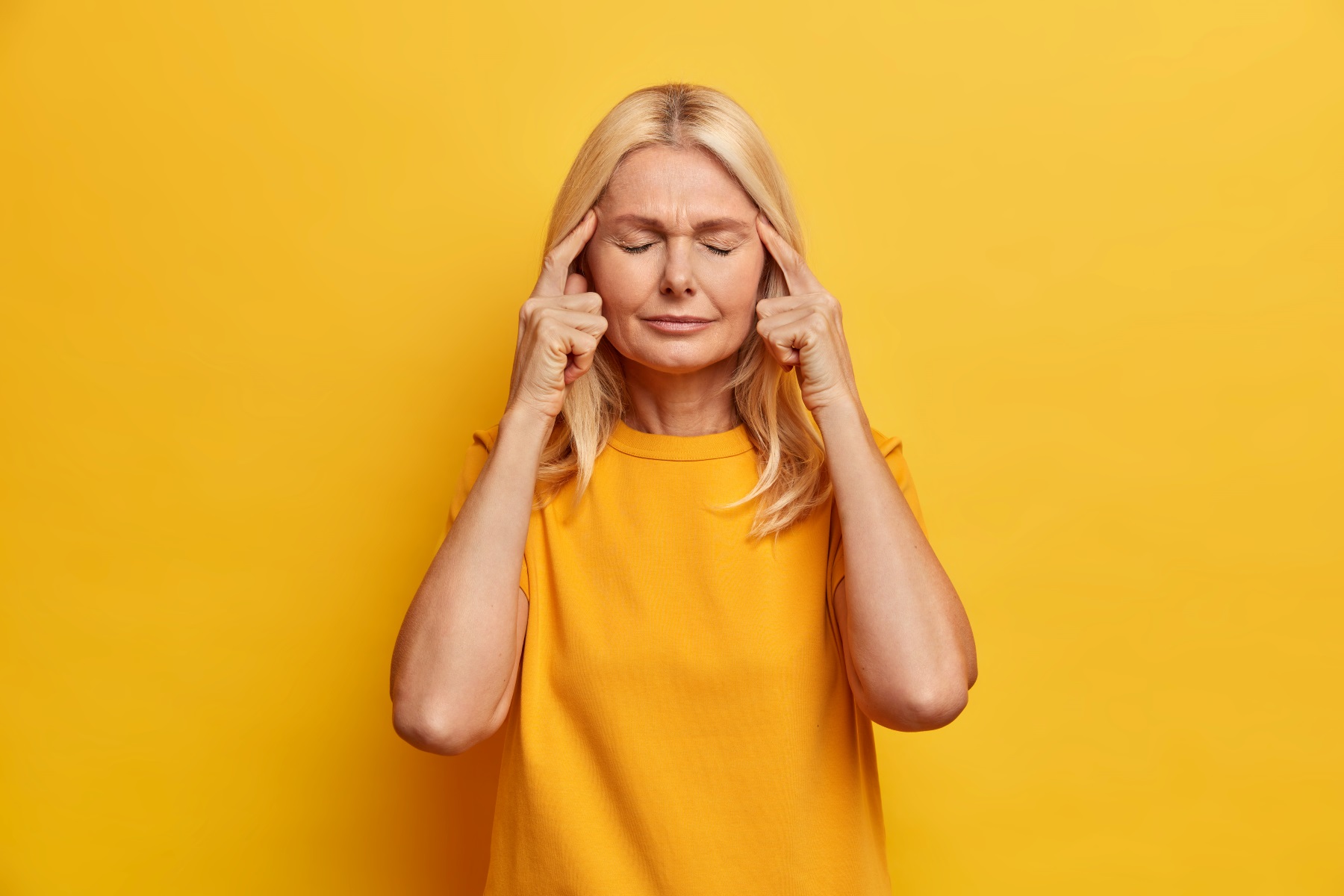Obstructive sleep apnea-hypopnea syndrome (OSAHS) is a form of sleep-disordered breathing characterized by repeated episodes of breathing cessation (apnea) or diminished airflow (hypopnea) during sleep that last at least 10 seconds despite continued respiratory muscle effort. The partial or complete obstruction of airflow occurs because of upper airway narrowing and leads to blood oxygen desaturation. It also disrupts sleep, causing repeated awakenings or arousals from deeper to lighter stages of sleep. Consequences of OSAHS include neurobehavioral and cardiovascular changes such as impaired alertness, altered mood and memory, and hypertension that can be detrimental to health and quality of life.
Symptoms:
Some people have obstructive sleep apnea with no symptoms. Others find that they just don’t feel rested after a night of sleep and feel sleepy during the day. Snoring is one of the biggest symptoms of obstructive sleep apnea. Other symptoms include:
– Snoring that’s interrupted with periods of quiet. This is called an apnea episode.
– Snoring that resumes with a loud sound as breathing starts again.
– Morning headache.
– Frequently falling asleep during the day.
– Having to wake up during the night to urinate several times.
– Being easily irritated.
– Depression.
– Trouble remembering things.
THE CLINICAL PROBLEM:
The apnea-hypopnea index (AHI) is the number of episodes of apnea or hypopnea, or both, per hour of sleep. A diagnosis of OSAHS is indicated when the AHI is 5 or higher and the patient experiences excessive daytime sleepiness. The syndrome occurs in 4% of men and 2% of women who are 30 to 60 years of age, although most people with the disorder remain undiagnosed.The American Academy of Sleep Medicine has proposed uniform diagnostic criteria and severity definitions for OSAHS: OSAHS is usually classified as mild when an AHI is 5 to 14, moderate when an AHI is 15 to 29, and severe. when the AHI is 30 or more.
TREATMENT OF OSAHS:
The preferred treatment for OSAHS is the use of a continuous positive airway pressure (CPAP) device, which delivers room air at a set pressure (usually 5 to 20 cm H2O) through a nasal mask to keep the airway open during sleep and reduce AHI. CPAP relieves the symptoms of the syndrome, especially in people with severe disorders.
Behavioral strategies include weight loss (especially effective in those with mild to moderate symptoms, as even a small amount of weight loss can significantly reduce AHI) and avoiding alcohol and sedatives (which tend to increase AHI). Oral appliances worn during sleep to keep the airway open by holding the jaw or tongue in a forward position may be effective for patients with mild to moderate symptoms, but their effectiveness has not been proven in clinical trials. A number of surgical rehabilitation procedures are available and are effective in returning AHI to normal levels in more than half of patients.







